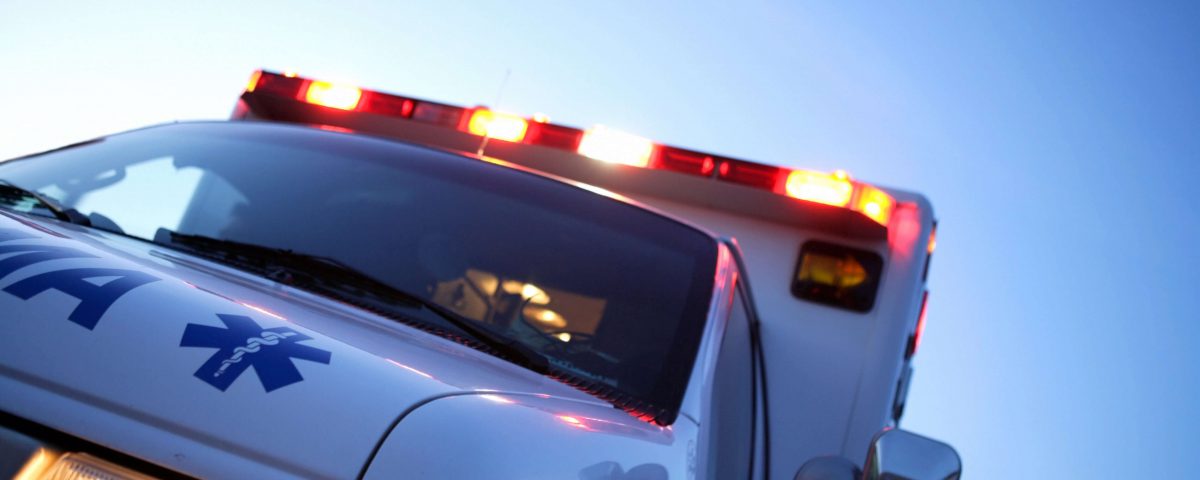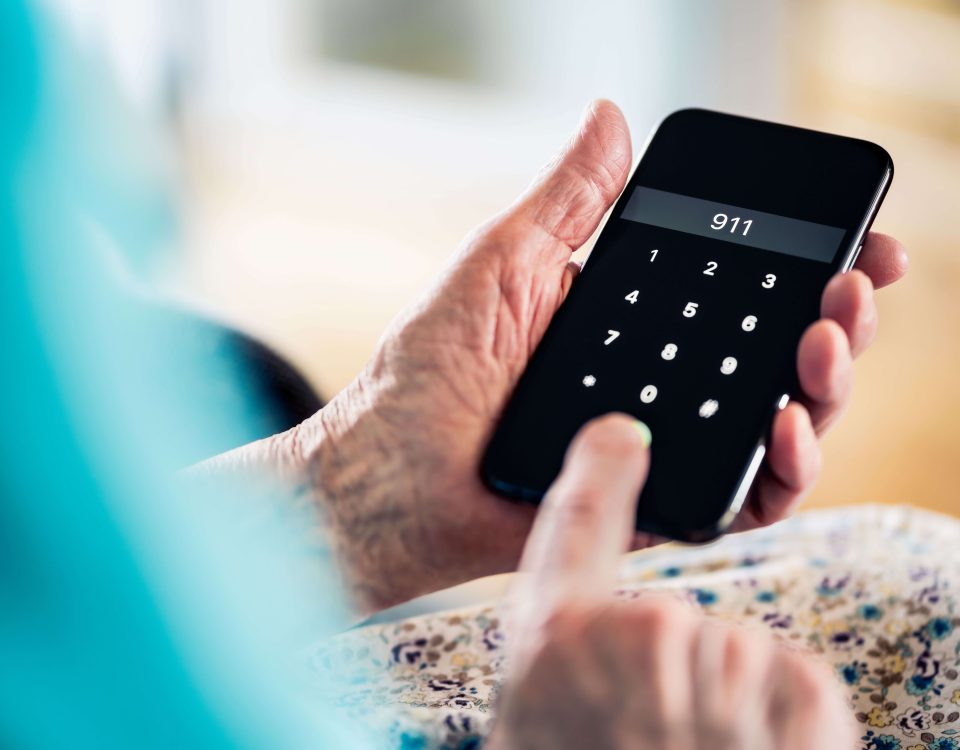- Have any questions?
- 412-123-4567
- noreply@upmc.com
Recognizing Signs and Symptoms of An Emergency

Emergencies can happen anywhere and to anyone. Knowing how to recognize an emergency quickly can potentially help save a life. And knowing how to respond can improve the outcome even more.
How to Recognize and Respond to an Emergency
Recognizing a medical emergency and getting help right away can save a person's life. Some of the most common medical emergencies are cardiac incidents (cardiac arrest, heart attack, and stroke), bleeding injuries, and opioid overdose.
Learn the signs of these common medical emergencies but remember that these conditions may share symptoms with other serious issues.
For the best outcome:
- Recognize the warning signs of potentially serious conditions
- Call for help
- Assist with lifesaving techniques if you know them
Recognize the Warning Signs
According to the American College of Emergency Physicians, these are the warning signs of a medical emergency:
- Bleeding that will not stop.
- Breathing problems – difficulty breathing, shortness of breath.
- Change in mental status – confusion, unusual behavior, difficulty waking.
- Chest pain or pressure.
- Choking.
- Coughing up or vomiting blood.
- Fainting or loss of consciousness.
- Feelings of harming yourself or others.
- Head or spine injury.
- Severe or persistent vomiting.
- Sudden injury due to an accident, burns or smoke inhalation, near-drowning, deep or large wound, or other severe injuries.
- Sudden, severe pain anywhere on the body.
- Sudden dizziness, weakness, or change in vision.
- Swallowing a poisonous substance.
- Severe abdominal pain.
Ways to Prepare for an Emergency
The best way to ensure you're prepared to handle a medical emergency is to plan for one in advance. Here are some steps you can take to prepare for an emergency:
- Locate the quickest route to the emergency department nearest your important places, like your home, office, school, or hotel when you travel, especially with children. Know the hospital system your doctor practices at and, if practical, go there in an emergency.
- Make an emergency contact list and keep it in a spot at home where you can find it easily. Enter these same numbers into your cell phone so you have them when you travel. Everyone in your household, including children, should know when and how to call these numbers: Fire (911), Police (911), Ambulance (911), Poison control, emergency contacts.
- Learn basic first aid to treat common wounds.
- Get training to perform the Heimlich maneuver and CPR, and to administer an automated external defibrillator (AED); or teach yourself hands-only CPR so you can at least assist in an emergency.
- Keep Narcan® on hand if anyone in your family takes opioids, whether prescribed or not, and learn how to use it.
What to Do in an Emergency
- Stay calm. Call your local emergency number, such as 911.
- Take action. Start CPR or other first aid steps.
- If the person is semiconscious or unconscious, place them in the “recovery position" until the ambulance arrives: Turn the person so they are lying on their left side, with their right hand tucked under the left side of their chin and their right leg raised and bent slightly to prevent rolling onto their belly. DO NOT MOVE the person, however, if they might have a back or neck injury.
- Stay with the person until help arrives.
When to Call 911
Call 911 for an emergency medical response if you think the person's condition:
- Is life-threatening because they have one or more of the warning signs
- Could become life-threatening if you drove them the hospital or due to traffic conditions/distance
- Could get worse if they are moved (for example, in case of a neck injury or motor vehicle accident)
- Needs the skills or equipment of paramedics
Even if you aren't sure if the situation is a true emergency, it is better to be safe than sorry. If it feels like an emergency, treat it as one.



